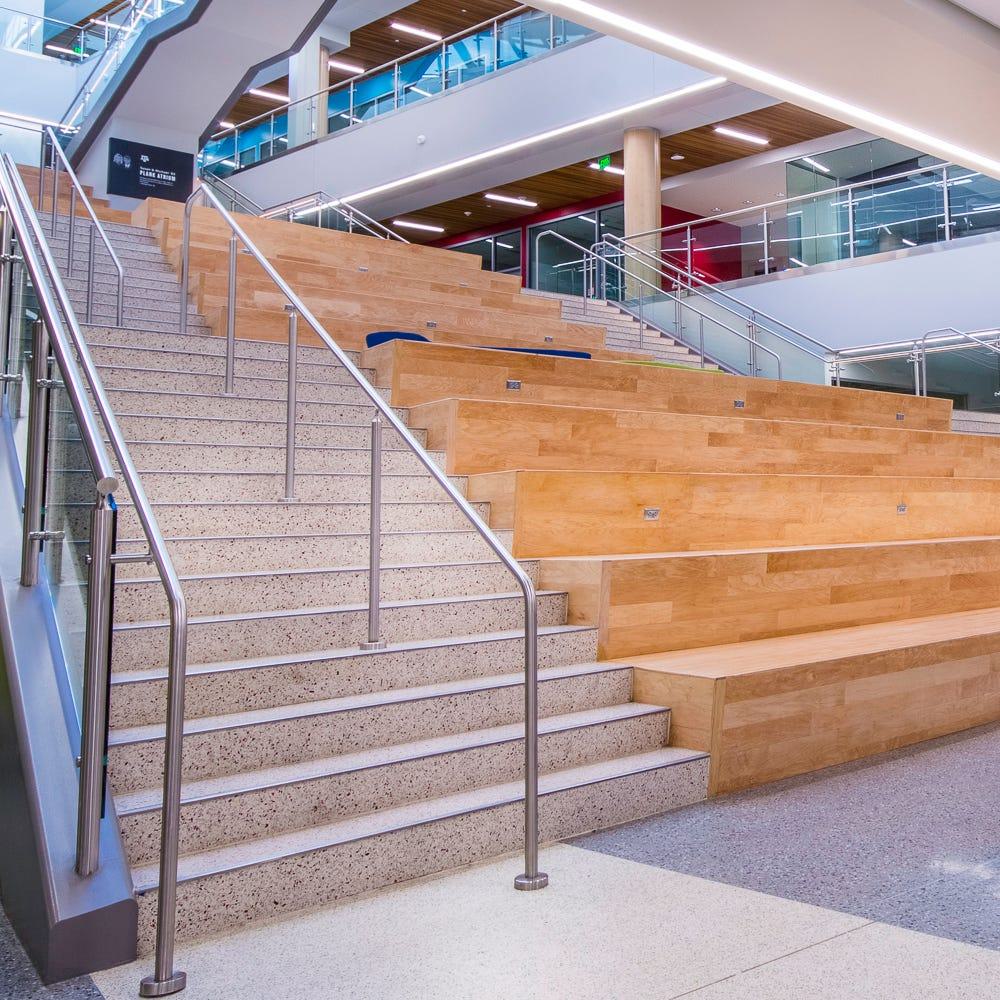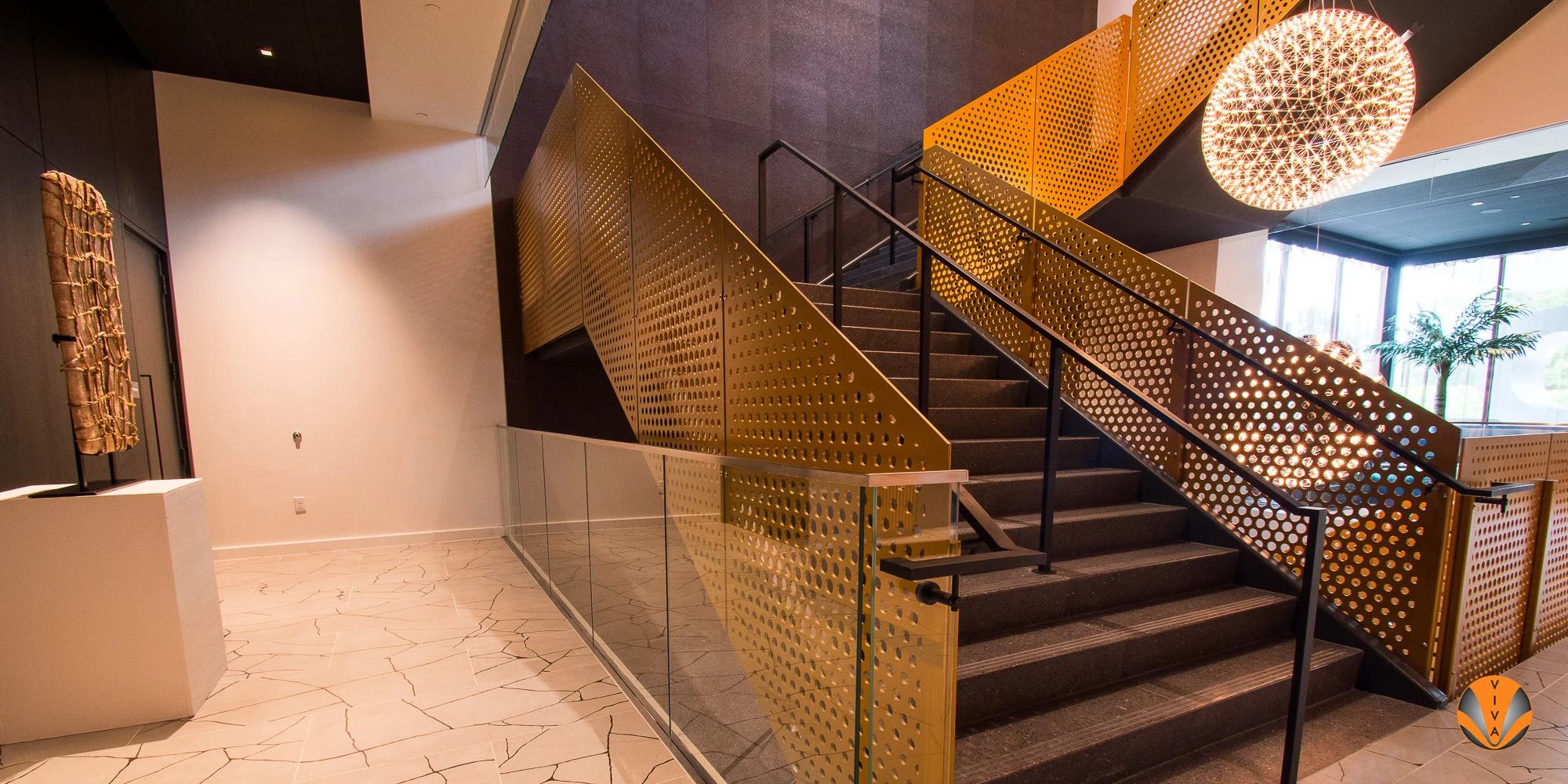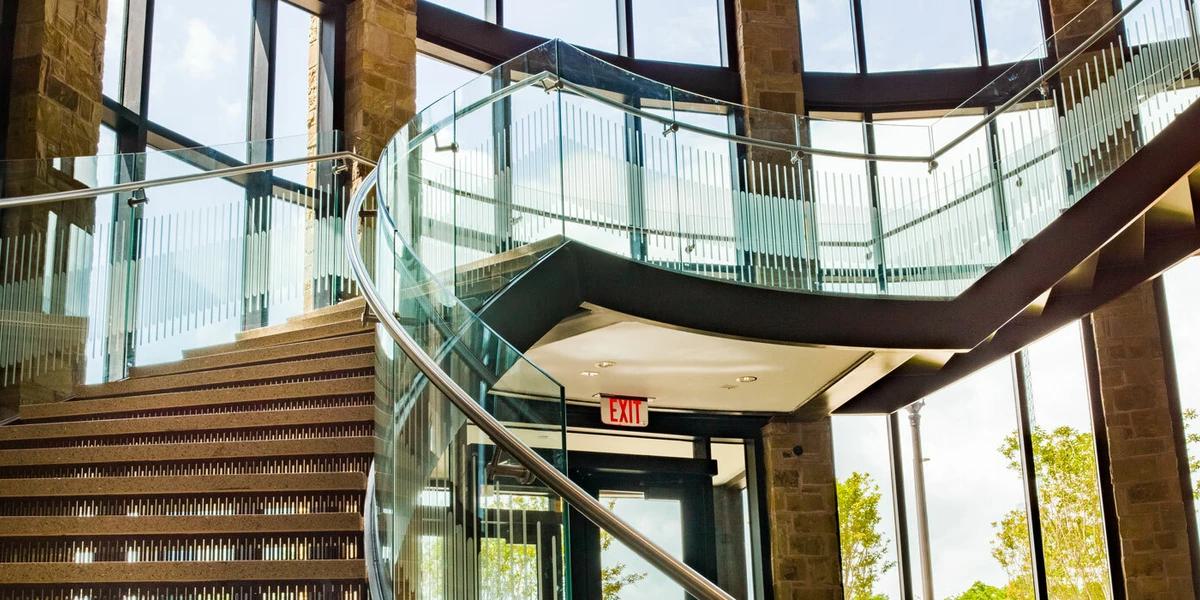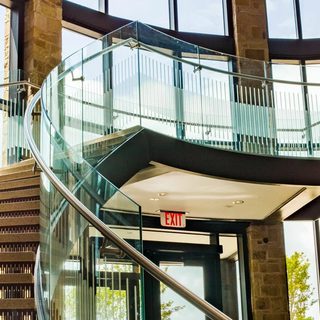In commercial buildings, meeting ADA handrail requirements means creating an accessible space that is accessible to almost everyone.
But it’s not always easy to determine if your handrails are ADA compliant.
To help you learn more about ADA handrails and the requirements they have to meet, we’re providing you all the information you need to know below.
Are you ready?
Handrails and The Americans with Disabilities ACT
The ADA, or Americans with Disabilities Act, prohibits any discrimination on the basis of ability both mental and physical.
To do this effectively, the ADA lays out requirements and guidance that makes public spaces accessible. In fact, the 2010 ADA Standards for Accessible Design include requirements for
Commercial facilities
State and local government facilities
Public accommodation
And more
For new or retrofitted buildings, the ADA handrail code is included in the ADA Accessibility Standards. These standards are also used in conjunction with
Local building codes
American National Standards Institution (ANSI)
In addition to these, the ADA codes need to also align standard fire safety, electrical, plumbing codes.
Requirements of ADA Compliant Handrails

If you’re trying to figure out whether or not your handrails are ADA compliant, here’s what you need to consider.
Railing Location
ADA handrails are required on both sides of all stairs and on ramp runs that have a rise greater than 6 inches. They aren’t required on walking surfaces with a running slope less than 1:20, but if you do provide a handrail, it must comply with section 505 of the ADA Accessibility Standards.
Continuity and Fittings
On stairs and ramps, an ADA railing must be continuous for the entire run. If the staircase or ramp includes a switchback or dogleg, the inside handrail must be continuous between the flights or ramp runs.
The gripping surface must also be free of any sharp or abrasive elements that could obstruct access, and the handrail must have rounded edges. Handrails cannot rotate in their fittings.
Railing Height
Handrail height must be, at minimum, 34 inches and, at maximum, 38 inches from the walking surface as measured from the stair nosing or ramp surface and their height must be consistent for the entire run.
If children are the primary users of the space, a second handrail should be included with a maximum height of 28 inches at the top of the gripping surface and there must be a minimum of 9 inches of vertical clearance between upper and lower handrails.
Cross Sections
Handrails can have a circular or non-circular cross section but must comply with ADA handrail dimensions. For circular cross sections, handrails must have an outside diameter of a minimum of 1 ¼ inches and a maximum of 2 inches. For a non-circular cross section, the perimeter dimensions of ADA railings must be at least 4 inches and can’t exceed 6 ¼ inches and the cross section dimension can be a maximum of 2 ¼ inches.
Handrail Clearance
The ADA handrail clearance between the handrail gripping surface and the adjacent surface, often a wall, must be at least 1 ½ inches to allow for space to hold the handrail without interference from adjacent surfaces.
Handrail Extensions
To provide the maximum amount of safety on ramps, handrails must extend horizontally beyond the top and bottom landings. On ramps, these extensions must continue for a minimum of 12 inches. These extensions must return to a wall, guard, or landing surface. They can also continue to an adjacent ramp run.
For ADA stair railing requirements, handrails must also extend horizontally beyond the top of the stairs starting above the first riser nosing and extending for at least 12 inches. At the bottom, the handrail must continue at the same slope of the stairs for a distance that at least equals one tread depth beyond the last riser nosing. Both of these extensions are required to return to a wall, guard, or landing surface.
Choose VIVA Railings for ADA Compliant Handrails

At VIVA Railings, we design our handrails to meet ADA handrail codes to make them accessible to wall users.
We craft modern and innovative handrails designed to transform commercial buildings.
Our wide range of ADA compliant railing products include stainless steel railings and a variety of infill material — glass, wire mesh, metal panels, picket panel, multiline, and cable railings.
We also offer lighted rail systems to increase visibility indoors and out and have ADA handrail details like powder coated elements and frosted, colored, and pattern glass options.
Contact the experts at VIVA Railings today to discuss how our products meet ADA standards.


